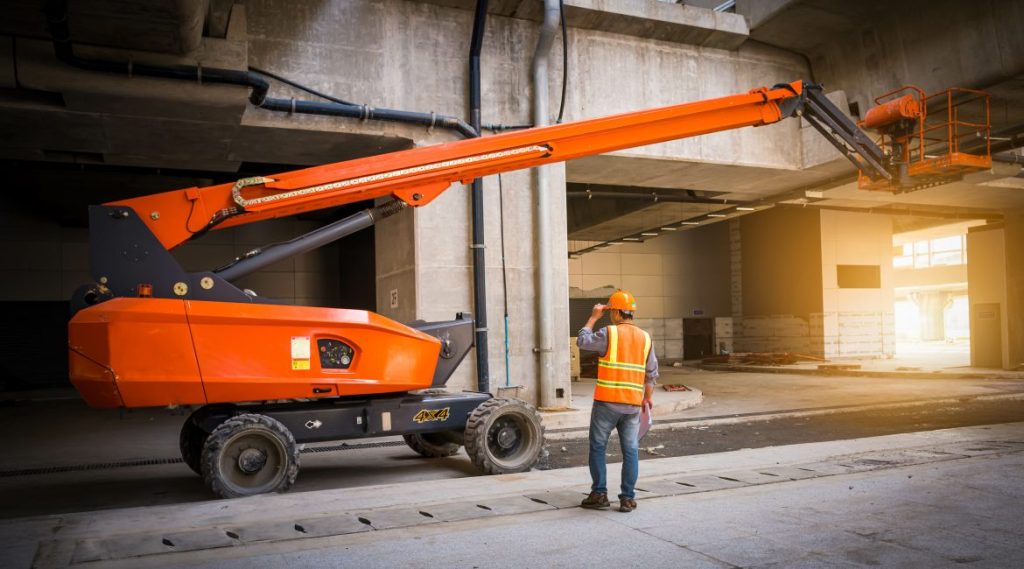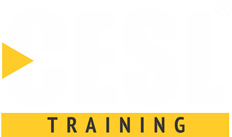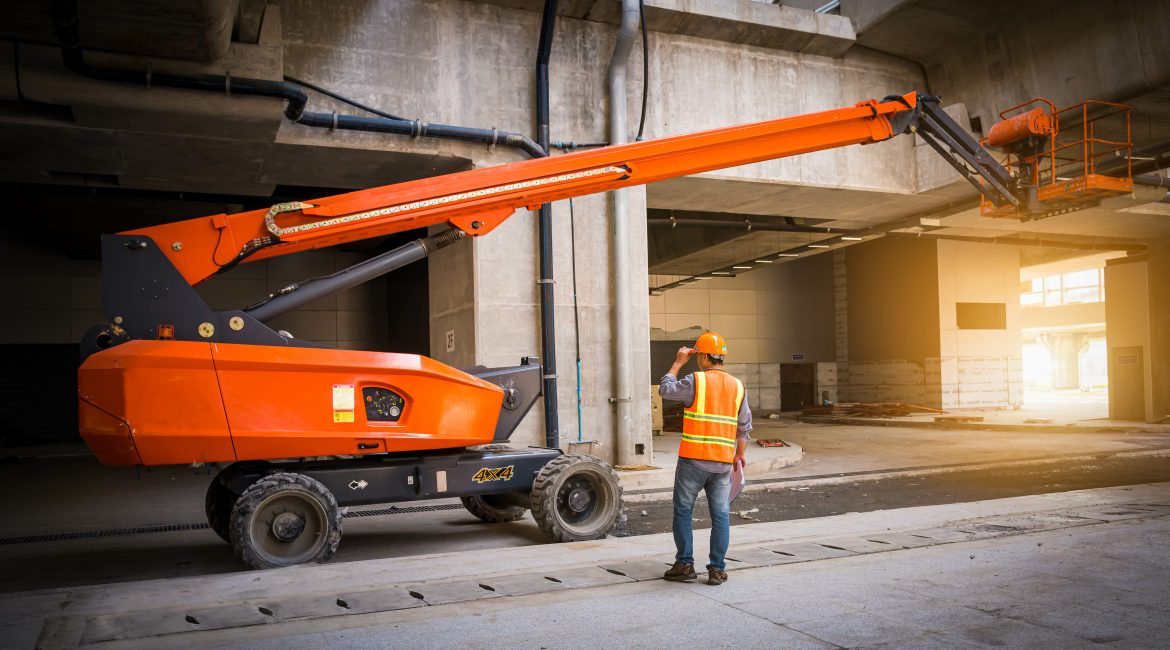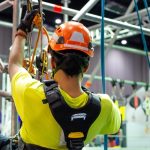Highway construction presents a range of challenges, and one of the most critical is ensuring work at height safety during tasks performed at elevated positions. Whether it’s for bridge repairs, highway sign installations, or lighting maintenance, Work at Height training plays a vital role in equipping workers with the necessary knowledge and skills to perform these tasks safely and efficiently.
This blog explores best practices, safety standards, and the importance of Work at Height training courses in highway construction—ensuring every project is completed with safety, compliance, and operational excellence in mind.

Understanding the Risks of Working at Height
Working at height exposes teams to significant dangers such as falls, falling objects, and structural instability. Without proper work in heights training, these risks are magnified. A well-structured Work at Height safety course teaches workers to identify hazards, use the correct equipment, and implement preventive measures.
Obtaining a Work at Height training certificate or work at height safety certificate confirms that a worker is trained and competent, reducing the likelihood of accidents and injuries on site.
Best Practices for Safe Work at Height
1. Proper Planning and Risk Assessment:
- Site Evaluation: Conduct a thorough assessment of the work zone to identify risks related to working at height—such as unstable surfaces, difficult access points, and adverse weather conditions.
- Risk Management: Develop a comprehensive risk management plan and ensure it’s clearly communicated. This plan should include mitigation strategies aligned with the guidelines of the Work at Height safety course undertaken by the team.
2. Selecting the Right Equipment:
- Aerial Work Platforms (AWPs): Choose the right type of platform—such as boom lifts or scissor lifts—based on the specific reach, height, and load-bearing requirements of the task.
- Personal Protective Equipment (PPE): Equip workers with certified PPE including helmets, harnesses, boots, and gloves. Routine checks of this gear are essential, and their use is a key component of every Work at Height training course.
3. Training and Competency:
- Operator Training: All personnel operating AWPs or working at elevation should undergo certified safety training courses. This includes understanding equipment operation, fall protection measures, and emergency response.
- Continuous Education: Encourage refresher sessions and ongoing work in heights training to stay updated with the latest industry regulations and technologies.
- Certification: Ensure that all workers complete their Work at Height training and receive their Work at Height training certificate, validating their preparedness and compliance with legal standards.
4. Implementing Safety Protocols:
- Fall Protection Systems: Use guardrails, safety nets, or personal fall arrest systems as dictated by the job’s risk level. Regular inspections should be carried out by individuals who have completed Work at Height safety programs.
- Tool and Material Management: Secure all tools using tool lanyards and avoid placing loose items at elevation. This is a standard practice taught in certified Work at Height safety courses.
5. Emergency Preparedness:
- Emergency Plans: Every worksite should have a well-documented and practiced emergency plan that includes falls, equipment failure, and weather-related risks.
- Rescue Procedures: Implement swift and effective rescue operations using trained personnel. Rescue readiness is a core part of any reliable Work at Height safety course.
Safety Standards and Regulations
Adhering to national and international safety standards ensures that training programs are effective and legally compliant:
- OSHA Regulations (USA): Offer comprehensive guidelines on fall protection and safe work practices at height.
- EU Standards: EN 280 and the Work at Height Regulations (2005) in the UK provide critical frameworks for working safely at elevation.
- Local Regulations: Accredited safety training courses in each region will include local laws and compliance measures. A recognized work at height safety certificate ensures that these regional nuances are addressed.
Technology and Innovation in Safety
Modern training programs and worksite tools are increasingly integrating smart technologies to enhance safety:
- Smart PPE: Wearable devices now track vital signs, environmental hazards, and send real-time alerts to workers—reducing response times in emergencies.
- Enhanced AWPs: Equipment with built-in safety features such as automatic leveling, load sensing, and motion detection significantly improves operational safety, especially when paired with Work at Height training.
Case Studies: Successful Implementation of Best Practices
Case Study 1: Bridge Maintenance
In a major bridge maintenance project, a crew equipped with certified Work at Height training and proper fall protection systems completed the task without any incidents. The team’s preparedness, driven by their Work at Height training course, was instrumental in the safe completion of the job.
Case Study 2: Highway Sign Installation
Operators involved in a highway sign installation project had completed work in heights training and received their Work at Height training certificate prior to project initiation. Their ability to safely manage AWPs and adhere to safety protocols ensured smooth execution without any delays or safety breaches.
Conclusion
In the realm of highway construction, working at height demands more than just the right tools—it requires a trained, aware, and prepared workforce. Work at Height training is not just a mandatory regulation; it is a smart investment in safety, productivity, and project success.
By following best practices, enrolling teams in updated safety training courses, and ensuring every worker holds a valid work at height safety certificate, you foster a culture of accountability and resilience on-site. Embracing training, innovation, and compliance today leads to safer and more successful infrastructure projects tomorrow.
Frequently Asked Questions:




